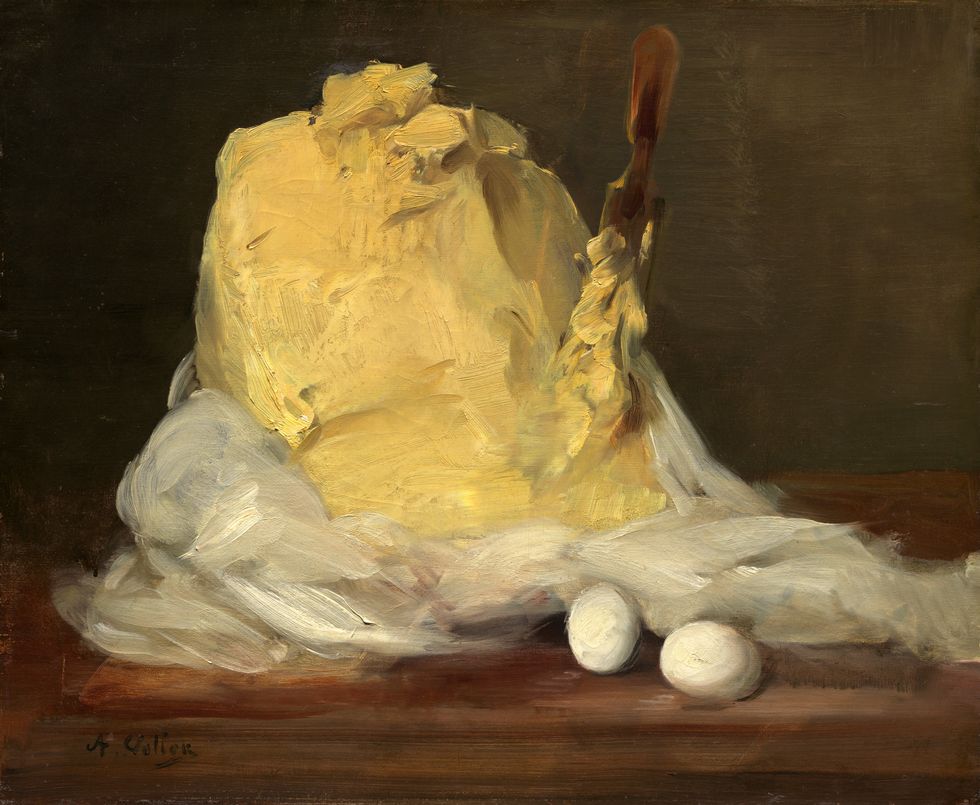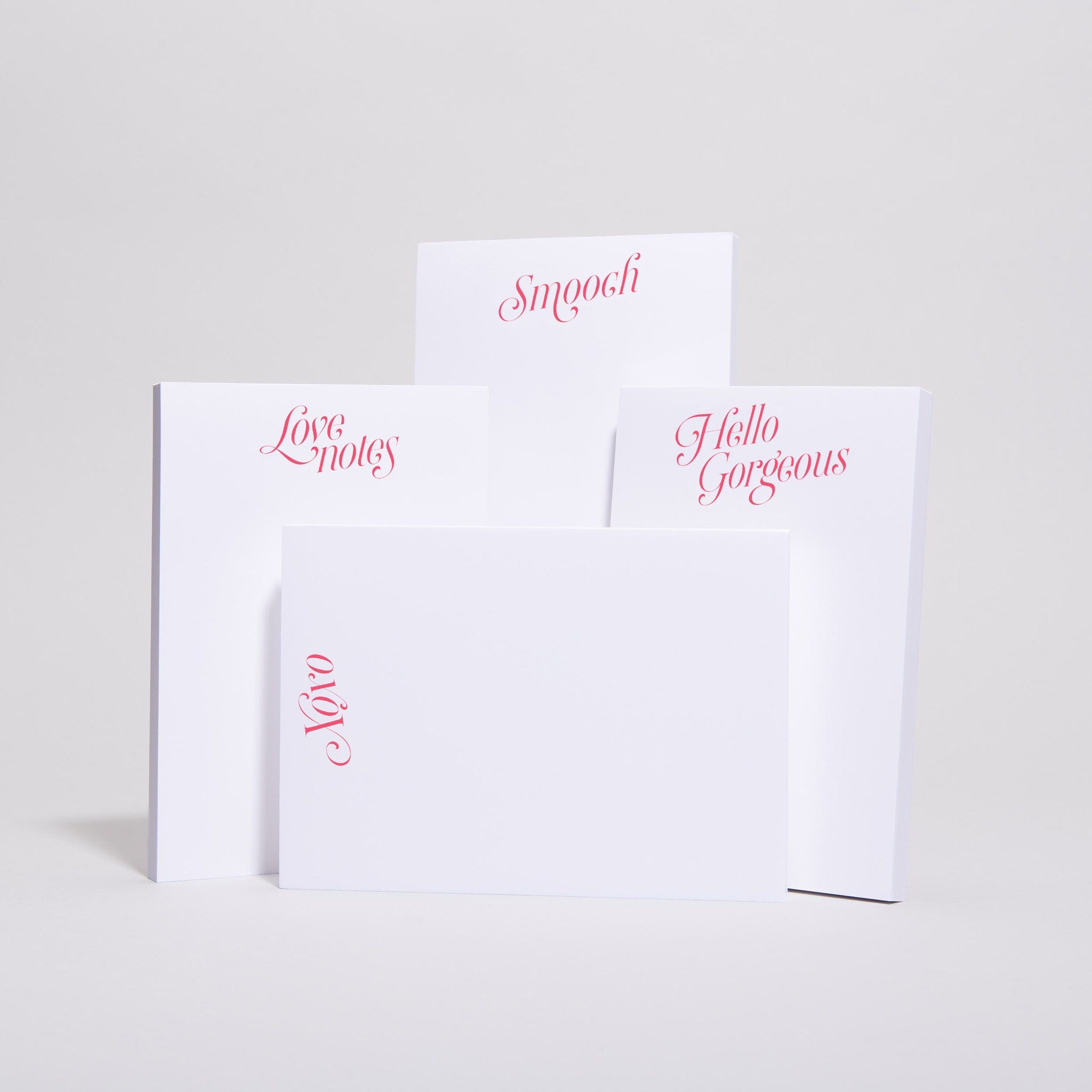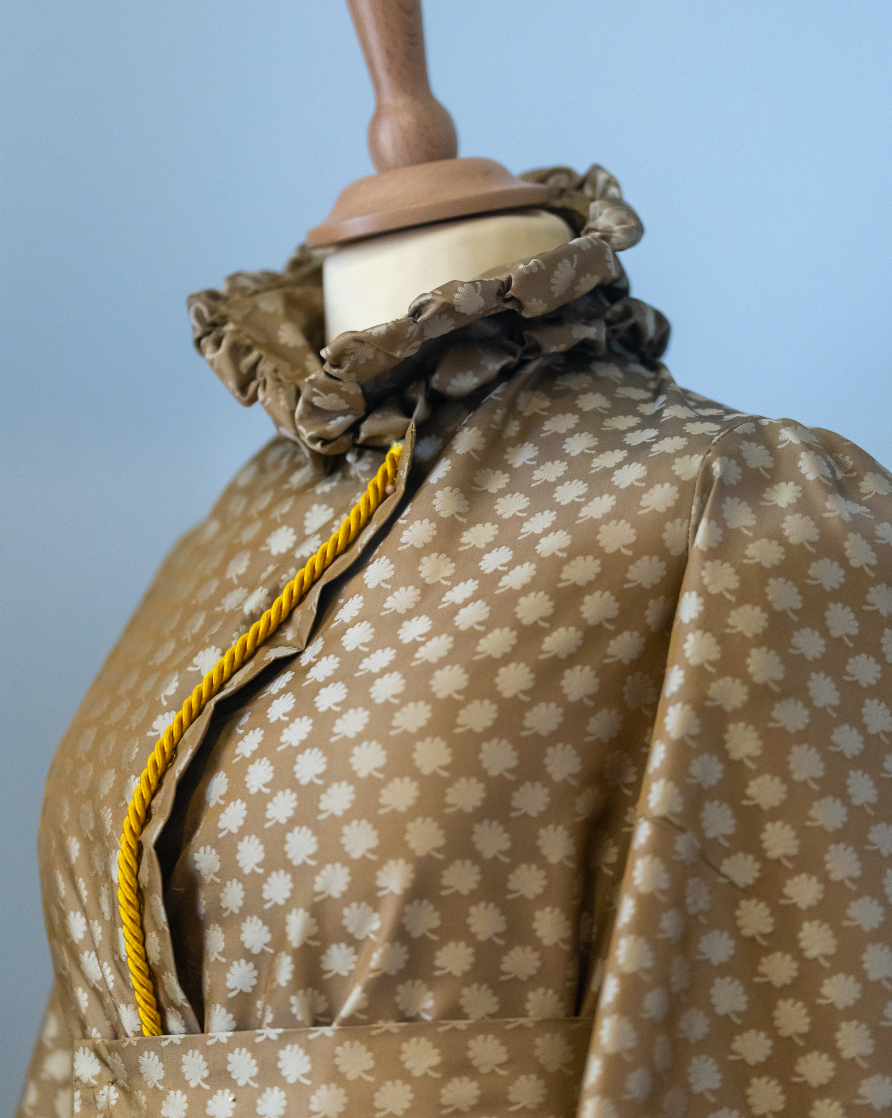Butter is back, and this time it’s not content to play a supporting role. The once-overlooked kitchen staple has glided from the sidelines to center stage, transforming from mere bread companion to a celebrated headliner of our culinary obsessions.
From the elaborate butter boards that have replaced charcuterie spreads all over Instagram to restaurants showcasing giant mounds of butter like trophies of decadence in the middle of their dining rooms, butter has gone from ordinary to extraordinary. This elevation coincides with butter finally shedding its nutritional villain status—we’re embracing traditional fats again, recognizing that quality butter, enjoyed mindfully, delivers incomparable flavor that no substitute can match.
Long before Instagram made food styling a competitive sport, Martha Stewart was quietly setting the butter display trend. In her 1982 debut book “Entertaining,” Stewart featured a generous mound of creamy butter–proving once again that Martha got there first. (Is anyone really surprised?)
Chef Clare De Boer of Stissing House in Pine Plains, New York, has picked up the baton of this tradition and prominently displays a heaping bluff of butter as a dining room centerpiece. «People eat with their eyes, and it’s the first thing you see when you enter the dining room,» she explains. «But in addition to being beautiful, it’s also practical. It’s easy for the servers to use. We love the Ronnybrook Farm butter which we get in giant bricks. Once it is left out to soften, we reshape it so it fits nicely under the glass cloche.»
Natasha Pickowicz, acclaimed pastry chef and cookbook author, observes that the visual spectacle is deliberate. «The giant mounds of butter play into a larger trend among chefs and food stylists experimenting with scale—making things bigger to capture that perfect photo,» she explains. «In many ways, it’s more about looking than eating.» Yet she believes butter’s appeal goes deeper than aesthetics: «People are tapping into more modest moments of luxury. The simplicity of butter with bread or crudités feels effortless, and luxury is all about ease.»
Charlotte Druckman, food writer and creator of the dessert-focused Substack «The Sweethearts,» sees this trend as part of a broader culinary shift. «What we’re witnessing is a pushback against clean eating and veganism—the rise of steakhouses, the return of butter. This butter renaissance is about both comfort and luxury, a reaffirming of French culinary traditions,» she explains. «I don’t think it’s a coincidence that butter’s comeback coincides with the resurgence of fine pastries and new bakeries opening everywhere.»
Today’s butter resurgence isn’t about excess—it’s about discernment. Artisanal butter-making has flourished, with small-batch producers crafting cultured varieties that showcase terroir much like fine wines.
At Rubiner’s Cheesemongers in Great Barrington, Massachusetts, proprietor Matt Rubiner can barely keep La Fromagerie Réo Beurre de Barratte de Normandie in stock. This coveted butter, sourced via renowned affineur Rodolphe Le Meunier from Lessay, a village in Normandy, France, exemplifies the height of butter craftsmanship.
«It’s the only butter we sell, and it’s extraordinary,» Rubiner explains, as he cuts a portion to order with a thin wire. «It’s fattier than most, and voluptuous, but silky, even light, not oily and heavy like some. I think the tangy brightness of the yogurty cultures that ripen and thicken the sweet Normandy cream before it’s churned balances and cuts through its impossible richness. The result is deeply satisfying in a way that no other butter quite achieves.»
This same exceptional butter has earned a place of honor at Emeril’s in New Orleans, where it’s transformed into a tableside spectacle. There, servers wheel a butter trolley through the dining room, carefully extracting beautiful quenelles from a giant mound of the prized Normandy butter. The elegant curls are presented alongside fresh baguette and the restaurant’s signature housemade cornbread—elevating the pre-meal ritual into a moment of gastronomic theater.
The demand for such specialty butters reflects a growing appreciation for the nuances that traditional production methods bring to this once-overlooked staple. From Vermont’s grass-fed offerings—Animal Farm Creamery now offers a premium cultured butter with butterfat content notably higher than conventional butter—to Normandy’s prized butters, enthusiasts now discuss notes of hazelnut, grassy undertones, and tangy finishes with the vocabulary once reserved for sommeliers.
Fine dining establishments have embraced the trend with delightful flair. At his Surf Club restaurant in Miami, legendary chef Thomas Keller elevated butter presentation to new heights by commissioning Martin Kastner of design firm Crucial Detail to create a custom gadget that produces perfectly sculptural, Art Deco-looking butter arches.
At New York’s acclaimed Le Rock, the popular baguette service comes with cervelle de canut (a French cheese dip), radishes, and what chef Riad Nasr calls American-made luxury. «We use Ploughgate butter from Vermont across all the Frenchette Group restaurants,» Nasr explains. «It’s the best tasting butter produced in America. While we love the French butters, we also take pride in highlighting farmstead products that rival our favorite European imports in every way.»
Yet for all the artisanal innovation, even celebrated food authorities maintain surprising butter loyalties. Ruth Reichl, the renowned food writer and critic, confesses an unexpected preference: «My default butter is Land O’Lakes. Unsalted. It’s American, the texture is perfect, and there is nothing better than a piece of beautiful crusty bread with unsalted butter. There is not a better flavor.»
In our digital world, butter represents something refreshingly authentic and tactile. Its comeback celebrates slow food values, artisanal craftsmanship, and the pleasure of real ingredients. It reminds us that sometimes the most profound culinary delights come from the simplest sources—especially when we give them the attention they so richly deserve.

Contributing Editor William Li is the founder of art consultancy Armature Projects and the Emmy-nominated co-host of Lucky Chow, a series about Asian food and culture on PBS.






